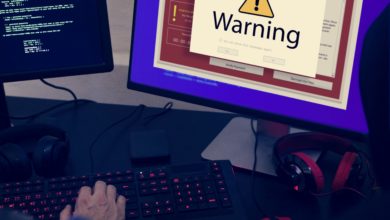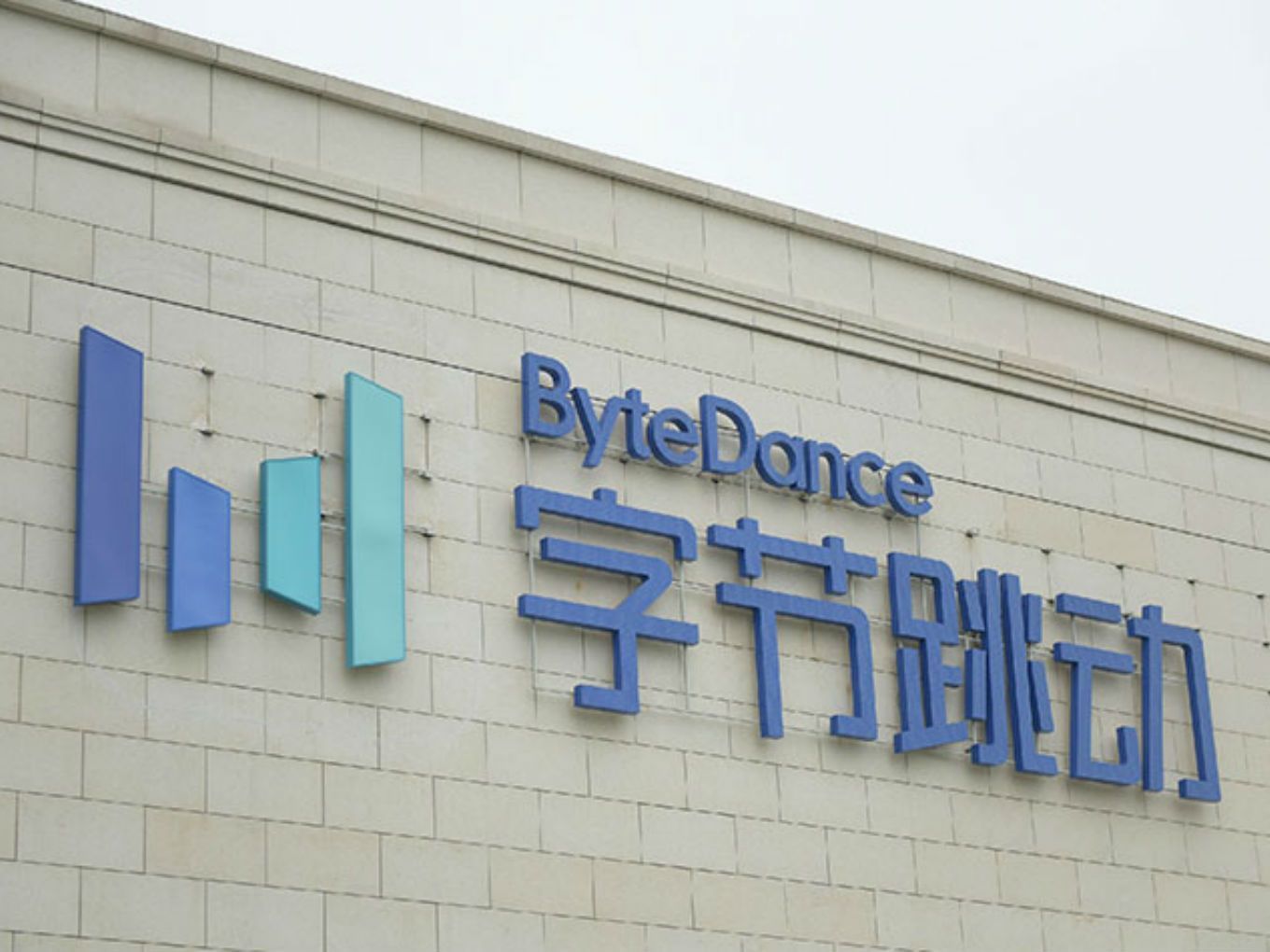How To Know If Your Student Loans Will Be Forgiven

Taking out student loans to pay for an education is fairly common in this country. According to the National Center for Education Statistics, between 2020 and 2021, approximately 38% of full-time undergraduate students seeking degrees for the first time received loan aid.
You’re not alone if you chose this option to fund your education. You’re also not alone if you’re struggling to pay back the loans you took out years ago.
Perhaps you became hopeful when learning the federal government has developed a new loan forgiveness plan. However, you might not know whether this plan will apply to your loans.
The following guide covers the basics you need to know regarding whether the government will forgive your loans. That said, if you still have questions about your circumstances, the wisest decision may be to discuss the matter with a professional.
The Current Student Loan Forgiveness Plan: Essential Information
Keep in mind that details of the federal government’s loan forgiveness plans have changed in recent months due to such factors as the U.S. Supreme Court blocking previous plans. Although the details here represent the basics of the current plan, it’s important to understand that some of this information could change in the future.
The current plan applies to borrowers who’ve made certain amounts of monthly payments according to income-driven repayment (IDR) plans. Specifically, per the U.S. Department of Education’s official press release on the subject, “These fixes are part of the Department’s commitment to address historical failures in the administration of the Federal student loan program in which qualifying payments made under IDR plans that should have moved borrowers closer to forgiveness were not accounted for. Borrowers are eligible for forgiveness if they have accumulated the equivalent of either 20 or 25 years of qualifying months.”
Borrowers will receive notifications regarding whether they are eligible for student loan forgiveness under the new plan. Additional factors that may influence a borrower’s eligibility include:
- When a borrower took out a loan
- The exact type of loan a borrower took out
- The current terms of a borrower’s IDR plan
Although unlikely, some borrowers might wish to opt out of loan discharges or forgiveness. A borrower may address this matter by contacting their loan provider when they receive notification of eligibility.
Other Student Loan Forgiveness Options
According to the U.S. Department of Education, certain types of individuals may also qualify for student loan forgiveness regardless of whether the federal government’s new plan applies to them. Examples include:
- Some teachers may qualify for loan forgiveness of up to $17,500
- Certain government employees may have their loans forgiven
- A person may qualify for Public Service Loan Forgiveness if they work for a non-profit
- Some individuals may qualify for permanent discharge of their student loans if they have disabilities
That’s not an exhaustive list. Check the link above for more information about whether you might qualify for additional forms of loan forgiveness.
Navigating Student Loan Forgiveness
Essentially, if you qualify for student loan forgiveness under the federal government’s new plan, you should learn of your eligibility from the government directly. You may also explore other options for loan forgiveness even if you don’t meet the criteria for forgiveness under this plan.
It’s important to continue making loan payments in the meantime. If you’re facing legal issues as a result of struggling to pay back your loans, review your case with an attorney for more information.
Debt Legal Defense is a San Antonio firm offering student loan relief and defense services.





